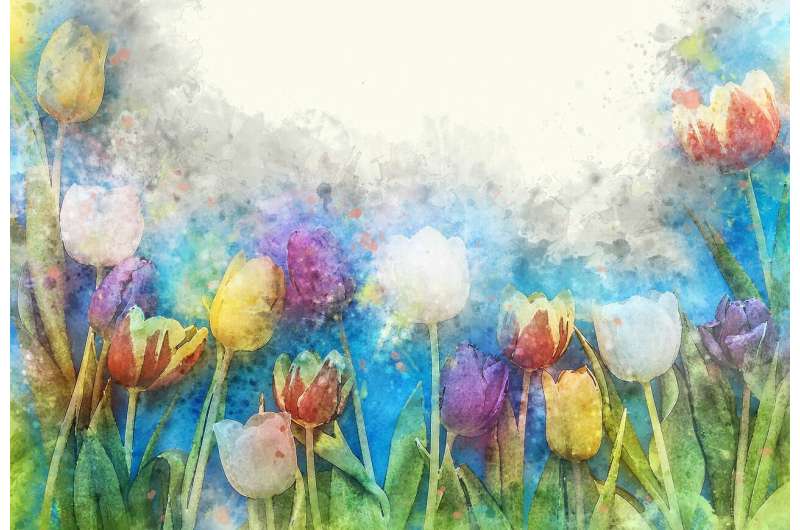This article has been reviewed according to Science X's editorial process and policies. Editors have highlighted the following attributes while ensuring the content's credibility:
fact-checked
peer-reviewed publication
trusted source
proofread
Frequent visits to green space linked to lower use of certain prescription meds

Frequent visits to urban green spaces, such as parks and community gardens in Finland, rather than the amount, or views of them from home, may be linked to lower use of certain prescription meds, suggests research published online in Occupational & Environmental Medicine.
The observed associations between frequent green space visits and lower use of drugs for depression, anxiety, insomnia, high blood pressure, and asthma were not dependent on socio-economic position.
Exposure to natural environments is thought to be good for health, but the evidence is inconsistent, say the researchers.
They wanted to find out if the amount of residential green and blue space (bodies of water), frequency of green space visits, and views of green and blue spaces from home might be separately associated with the use of certain prescription meds.
They chose prescription meds as a proxy for ill health, and those for anxiety and insomnia, depression, high blood pressure, and asthma, in particular, because they are used to treat common and potentially serious health issues.
They drew on the responses of 16,000 randomly selected residents of Helsinki, Espoo, and Vantaa, to the Helsinki Capital Region Environmental Health Survey in 2015-16. These three cities make up the largest urban area in Finland.
The survey gathered information on how city dwellers, aged at least 25, experience residential green and blue spaces within a 1 km radius of home.
Respondents were also asked to report their use of prescribed meds—drugs for anxiety, insomnia, and depression, collectively known as psychotropic drugs; high blood pressure and asthma drugs—if applicable, for periods ranging from within the past week up to more than a year ago or never.
They were also asked how often they spent time, or exercised outdoors, in green spaces, during May and September, with options ranging from never to 5 or more times a week.
And they were asked whether they could see green or blue spaces from any of their windows at home, and if so, how often they took in these views, with options ranging from seldom to often.
Green areas were defined as forests, gardens, parks, castle parks, cemeteries, zoos, herbaceous vegetation associations such as natural grassland and moors, and wetlands. Blue areas were defined as sea, lakes, and rivers.
Potentially influential factors, including health behaviors, outdoor air pollution and noise, and household income and educational attainment were also considered.
The final analysis included approximately 6000 participants who provided complete information.
This showed that the amount of residential green and blue spaces, or views of them from home, weren't associated with the use of prescription meds for mental health, insomnia, high blood pressure or asthma.
But the frequency of green space visits was. Compared with less than one weekly visit, visiting 3-4 times weekly was associated with 33% lower odds of using mental health meds, 36% lower odds of using blood pressure meds, and 26% lower odds of using asthma meds.
The equivalent figures for visiting at least 5 times a week were, respectively, 22%, 41%, and 24% lower.
These observed associations were weakened when weight (BMI) was factored in, particularly for asthma meds, as obesity is a known risk factor for asthma, point out the researchers.
The effects of visiting green spaces were also stronger among those reporting the lowest annual household income ( below €30, 000). But overall, the associations found didn't depend on household income and educational attainment.
This is an observational study, and so can't establish cause and effect. No information was available on illness severity, and better health may enable a person to spend more time outdoors.
Finland has high forest cover, while Finnish cities are relatively green, making it easy for those willing to use green spaces to access them with minimal effort, they add.
But they conclude: "Mounting scientific evidence supporting the health benefits of nature exposure is likely to increase the supply of high quality green spaces in urban environments and promote their active use. This might be one way to improve health and welfare in cities."
More information: Cross-sectional associations of different types of nature exposure with psychotropic, antihypertensive and asthma medication Cross-sectional associations of different types of nature exposure with psychotropic, antihypertensive and asthma medication, Occupational and Environmental Medicine (2023). DOI: 10.1136/oemed-2022-108491



















